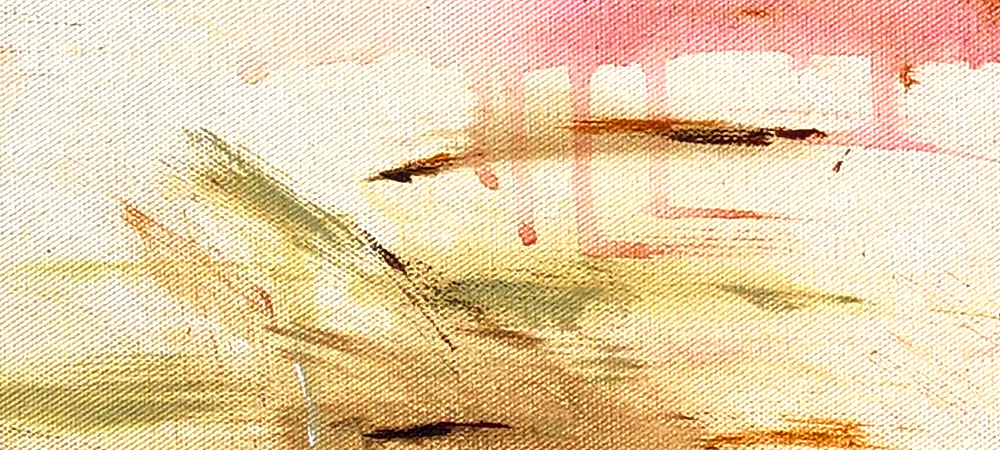Aspiring painters, take heed! Before you embark on your artistic journey into the vibrant world of paints, there is an essential prerequisite: mastering the art of basic brush strokes and painting techniques. Your brushes are the conduits through which your imagination finds expression. Like a language, your command over colors should be such that you can effortlessly dash your strokes in any direction, summoning your artistic whims at will.
Inspiration often strikes artists in moments of genius, in impulsive strokes of creativity. To capitalize on these eureka moments, you must be well-versed in the various painting techniques that enable you to translate your imagination onto the canvas. Whether you’re a novice just beginning your foray into fine art or an experienced artist looking to refine your skills, this article will provide invaluable insights into mastering basic brush strokes and painting techniques.
Exploring the Palette of Basic Brush Strokes
1. Dry Brush Technique
– Artists employ this technique to impart a specific texture to their paintings, creating feathery strokes.
– Use a clean, dry brush for this method and apply a minimal amount of paint to the tip.
– The resulting strokes have a translucent quality, allowing the canvas’s texture to shine through.
– Ideal for depicting elements like grass, wood, bushes, or clouds.
2. Double Load And Triple Load Techniques
– With a flat brush, you can double load it with two different colors, preventing them from completely mixing.
– Create unique color blends without muddying the hues.
– This technique is perfect for painting sunsets, dark skies, or ocean scenes.
3. Cross-Hatching
– Cross-hatching involves applying strokes in an overlapping fashion from different directions.
– Vertical and horizontal cross-hatching adds texture to your strokes.
– X Cross-hatching employs “X” strokes to create diverse textures, depending on your desired effect.
– It can be done with a single color or multiple colors, offering versatility in your artwork.
4. Paint Splatter
– While this technique can get messy, it’s also loads of fun!
– Any brush can be used, but a toothbrush is a popular choice.
– Slightly dampen the brush before splattering paint to achieve a controlled, effortless look.
– Ideal for creating dynamic and vibrant effects in your artwork.
5. Strokes with A Fan Brush
– A fan brush can produce various patterns, from coniferous trees to patches of grass.
– Utilize a dry brush technique to achieve a patchy effect, adding depth to your art.
The Five Fundamental Brush Strokes
1. Gradient Blending
– Blend two or more colors to create a gradient effect, bending outward or inward in your artwork.
– This technique imparts a three-dimensional look to your creations, with smooth transitions between colors.
– A flat, fan bristle brush is suitable for this stroke, often used in painting expansive areas like skies and landscapes.
2. Wet into Wet
– In this stroke, a base color is applied to paper, and while it’s still wet, another color is introduced.
– The two colors merge at the boundary, creating unique patterns and effects.
– Variations in color tone and intensity can be achieved by adjusting the paint application.
3. Scumbling
– The simplest of techniques involves dipping a brush in paint, allowing bristles to splay, and gently rotating the brush for a mottled or blotched effect.
– Multiple colors can be used to create intricate patterns, with smooth transitions between colors.
4. Optical Color Mixing
– Artists use this technique to combine contrasting colors into similar patterns on canvas.
– The resulting effect adds visual intrigue to paintings, with similarly shaped but differently colored patterns.
– Round bristle brushes are typically used for this technique.
5. Smudging
– Smudging entails blotting paper with color and then gently smudging it with a round brush.
– This creates a clouded effect in the painting, often enhanced by blending two or more colors.
– The key is to ensure that the colors blend smoothly, avoiding stark contrasts.
The Power of the Water Brush
Now, let’s introduce you to the versatile water brush—a departure from traditional brushes. Unlike conventional brushes, a water brush features a small container in its handle for water storage. This design keeps the bristles moist, allowing you to control the water flow by pressing on the container. Water brushes are not limited to watercolors; they can also blend soft pastels and color pencils with ease.
As you embark on your artistic journey, remember that mastering these basic brush strokes and painting techniques takes time and practice. With dedication, you’ll refine your skills and develop your unique style as an artist. Don’t hesitate to seek inspiration from fellow artists by exploring online painting galleries. Now that you’ve absorbed this knowledge, it’s time to put it into practice. Gather your materials, unleash your creativity, and start painting. Happy learning and creating!
